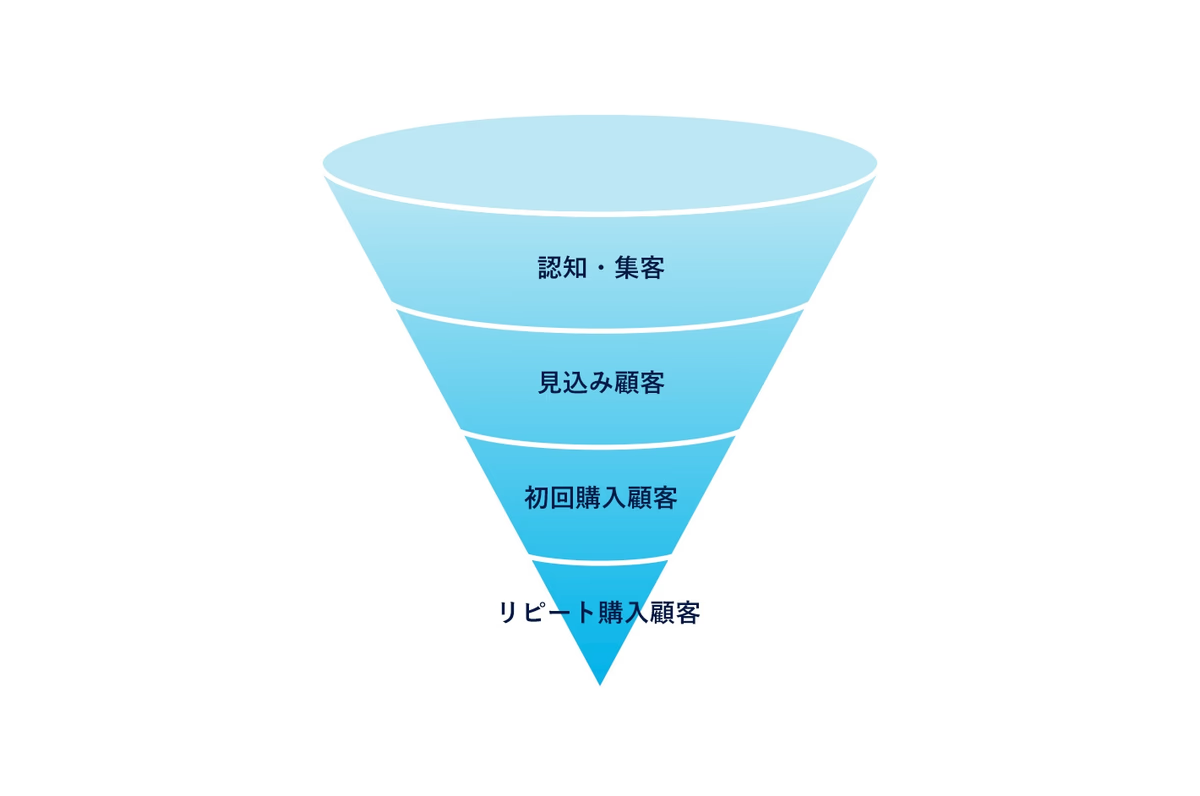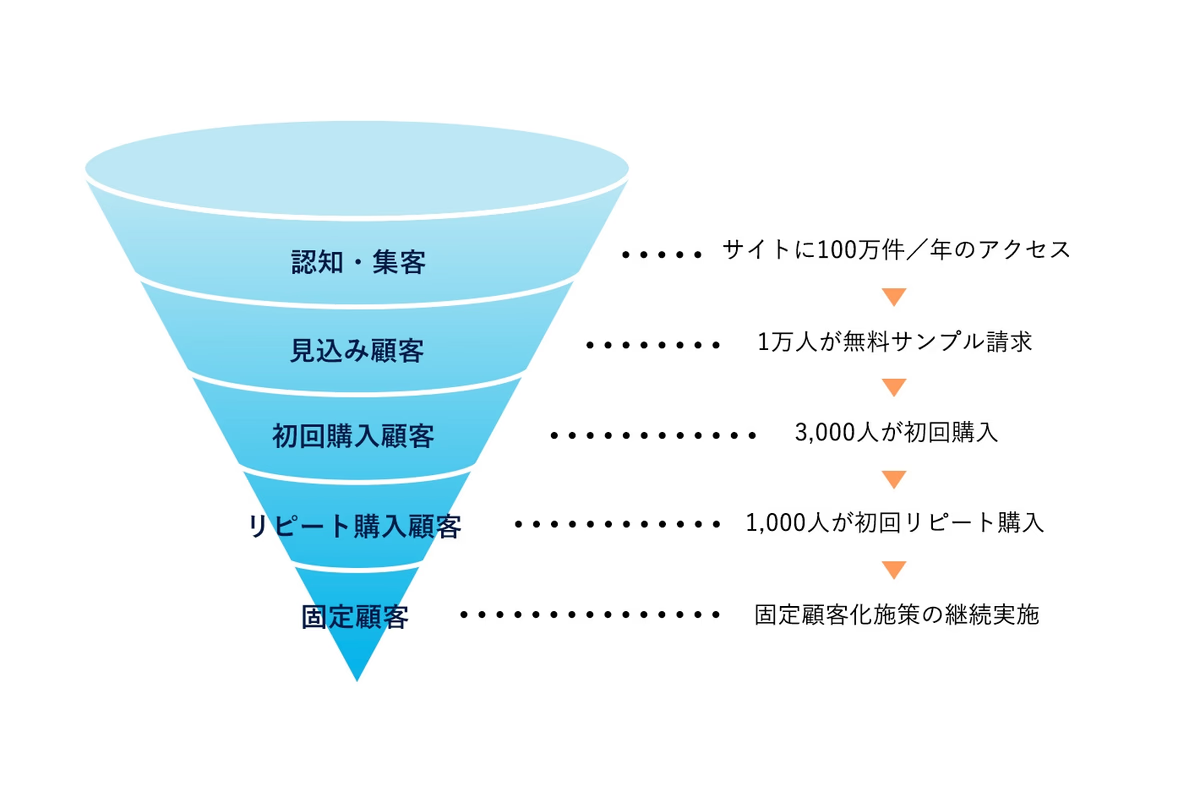Hello everyone. I am Hayashi, the representative of Monosus.
As a concrete initiative to attract core customers since the last time
Step 3: We talk about "gathering strength."
Last time
- What characterizes core customers is not the amount of money they spend or how often they buy, but the similar experiences they have with products and services.
- Similar experiences shared by core customers are called core experiences.
- The core experience is not something that everyone experiences; it is only achieved by a select few customers who are a good fit for the products and services.
I told him that.
The most important part of discovering the core experience is
Only a very limited number of customers can experience the core experience.
The problem is that they were not core customers.
This time, we will dig a little deeper into this point.
I would like to talk about the problems with traditional marketing approaches that have become apparent through the discovery of core experience.
Invisible assumptions inherent in the funnel model.
One of the marketing models used by many companies is called the funnel.
Funnel means "funnel" in Japanese.

Funnel diagram example
There are various ways to think about each phase of the funnel.
As customers go through the funnel, from awareness of your products and services, to potential customers, first-time buyers, repeat buyers, and regular customers, the number of customers gradually decreases.
It represents a growing relationship between customers and companies.
In practice,
- How to reach and raise awareness among your target audience
- How to convert the people you reach into potential customers
- How to get potential customers to make their first purchase
- How to get first-time customers to buy again
- How to turn repeat customers into loyal customers
In this way, we will develop measures for each phase.
I think it would be easier to understand if I explained it with some concrete numbers.
for example,
A mail-order company, in order to sell its own products,
Let's say you run various advertisements on the web and get 1 million hits to your site.
The phases then proceed as follows:
- Of the 1 million people who visited the site, 10,000 requested samples and became potential customers.
- To potential customers who requested free samples, the company enclosed leaflets and ran a first-time purchase campaign, and also continued to send email newsletters, and ultimately, 3,000 of the 10,000 people who requested samples made their first purchase.
- By enclosing another leaflet and sending email newsletters to customers who made their first purchase, 1,000 people ended up making repeat purchases.
- From then on, in order to turn them into regular customers, they continue to approach them by sending them email newsletters, enclosing leaflets with each purchase, and sometimes even calling them.
Something like that.
If we apply this to the funnel above, it will look like the diagram below.

In reality, the timeline is complicated and the transition rate from one phase to another changes with each change in measures.
Although it cannot be completely simplified as above, I believe that there are many companies that, to a greater or lesser extent, base their marketing activities on this idea in practice.
The model itself is not wrong,
If you actually divide your customers into these phases,
The numbers will gradually decrease, and the relationship between customers and companies will become stronger.
It is also an effective model for analyzing the results of implemented measures and understanding the current situation.
However, there is one thing to note about this model.
The problem is that companies tend to make the mistake of assuming that they can change customer behavior and the purchasing intent that drives it by interacting with customers through their products and services.
Last time, we reached the core experience.
I have mentioned that this is a very limited customer base that is "suitable" for your company's products and services . Of course, I think that most marketers and managers are aware of this to some extent.
You probably have an idea of the type of customer that is suitable for your products and services.
I think they are also running promotions aimed at this.
In the first place, it can be difficult to conduct marketing without having an idea of your customer base.
However, if you can't narrow it down any further, you can use the various measures in the funnel approach we introduced earlier.
I believe that it is best to develop it step by step .
In other words, by providing appropriate information and communicating with a rough collection of potential customers, they aim to turn them into first-time buyers, repeat buyers, and regular customers.
I may express it a little strongly, but
I believe it is a misconception on the part of companies to believe that customers can change or grow through their interactions with them.
Providing information, customer service, and letting customers actually experience products and services can have a certain effect on customer behavior, but
This is merely a superficial change in behavior.
Because it is the customer's implicit and explicit values that govern purchases,
It's not something that can be easily changed by other people.
It might be understandable if values could be influenced through repeated direct dialogue over a long period of time, like with a teacher, parent, or even a superior or senior at work, but I think it's a bit of a stretch to think that a company can influence the values of its customers through their products and services.
(There are companies that have been committed to a certain region or customer base for a long time, pioneering the market itself and influencing the customer's values, but we will not mention them here.)
I don't think there are many people who are conscious of something as grandiose as changing values when they are doing business, but I think that marketers and managers have this idea in their minds.
There is often a desire to change customers,
The continuous behavioral change that leads to loyal customers is
There is no denying that there is an underlying desire to change, to some extent, the customer's psychological state, and ultimately their values.
To summarize it in an easy-to-understand way, the logic from the company's side is as follows:
As customers deepen their knowledge of products and services and accumulate experiences,
The premise is that this will change people's psychological state so that they will have a more favorable impression of the company, its products, and its services and want to maintain a longer-term relationship with them.
Customers don't change.
However, the fact that only a very limited number of customers are able to achieve the core experience
This shows that the company's logic above is extremely flawed.
The conclusion is that by implementing successive measures based on the funnel model,
The policy of gradually persuading customers to change their behavior and psychological state is
Although things may go well at first, I believe it will be difficult to sustainably develop the business.
This is because customers do not change their behavior or psychological state by using a product or service.
Find products and services that fit your values and that you want to continue using on an ongoing basis.
This is because they are simply selecting products through the purchasing and experience process.
Customer values do not change and fit products and services,
When customers find products and services that fit their values, they are satisfied.
They have a continuous intention to purchase.
For customers, rather than changing their values to match the product or service,
It makes sense, in a way , that it's more comfortable to find products and services that align with your values .
And the moment when the customer realizes that "this is a product or service that fits my values" becomes the core experience.
This mismatch between the company's assumption that they can change their customers and the customers' desire to find products and services that fit their values is
This is a decisive factor in reducing the effectiveness of a company's marketing.
This has gotten long, so I'll end it here for this month.
Next time, I would like to present the issues that have emerged in a clearer format.
Thank you for reading to the end this month as well.

